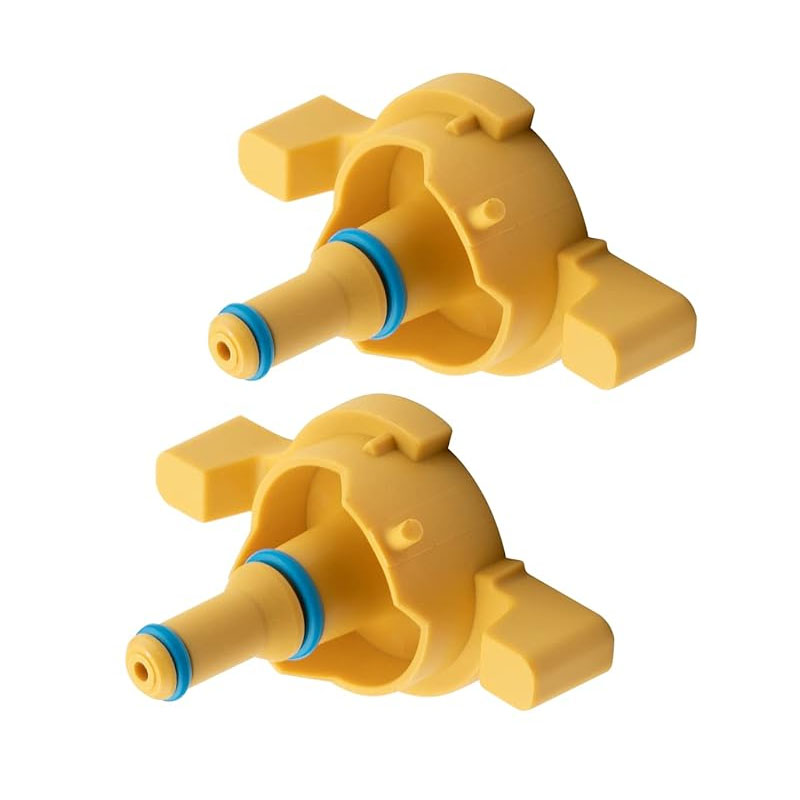Flat Stove Gaskets for Optimal Heat Retention and Cooking Efficiency
Understanding Flat Stove Gaskets Importance and Applications
Flat stove gaskets are an essential component in various heating applications, functioning primarily as a sealing mechanism. These gaskets are commonly used in wood and pellet stoves, as well as in other heating appliances, to ensure that air leaks are minimized and the efficiency of combustion is maximized. In this article, we will explore the significance of flat stove gaskets, their materials, installation, and maintenance tips to ensure optimal performance.
What is a Flat Stove Gasket?
A flat stove gasket is a flexible strip, often made from high-temperature resistant materials, designed to create a seal between two surfaces. Typically, these surfaces include the door of the stove and the body, as well as other junctions where heat might escape. The primary function of a flat stove gasket is to prevent air leakage, which can lead to decreased efficiency, increased emissions, and potential safety hazards.
Materials Used in Flat Stove Gaskets
Flat stove gaskets are made from various materials, each chosen for its ability to withstand high temperatures and resist degradation over time. Some of the most common materials include
1. Fiberglass Often coated with a layer of silicone or rubber, fiberglass gaskets offer good thermal resistance and a degree of flexibility, making them suitable for most wood or pellet stoves.
2. Graphite High-performance graphite gaskets can withstand extreme temperatures and provide excellent sealing capabilities. They are typically used in high-efficiency stoves that operate at higher combustion temperatures.
3. Ceramic These gaskets are durable and resistant to heat, making them ideal for high-temperature applications. They are less common but highly effective in specific stove models.
4. Silicone Used in some modern stoves, silicone gaskets provide good flexibility and heat resistance, making them effective for tight sealing.
Importance of Flat Stove Gaskets
The importance of a flat stove gasket cannot be understated. A proper seal safeguards against the escape of harmful gases, such as carbon monoxide, ensuring safe operation of the stove. Furthermore, a well-sealed stove increases fuel efficiency by optimizing the combustion process. Air leaks can lead to incomplete combustion, wasting fuel and increasing emissions, which can harm the environment.
flat stove gasket

Installation Tips
Installing a flat stove gasket correctly is critical to its performance. Here are some installation tips for homeowners
1. Choosing the Right Gasket Ensure that the gasket matches the specifications of your stove. Different stoves may require gaskets of different sizes or materials.
2. Removing Old Gasket Carefully remove the old gasket material from the stove, ensuring that no remnants are left behind that could interfere with the new seal.
3. Cleaning the Surface Clean the surface where the gasket will be applied. Any debris or residue can prevent the new gasket from adhering correctly.
4. Applying Adhesive If the gasket requires adhesive, apply it evenly along the surface, ensuring full coverage for a tight seal.
5. Positioning the Gasket Align the gasket properly before pressing it into place. Ensure it is seated evenly without twists or gaps.
6. Trimming Excess Material If there’s any excess gasket material, trim it with a sharp knife for a neat finish.
Maintenance of Flat Stove Gaskets
Regular maintenance of stove gaskets is crucial for ensuring continued performance. Homeowners should routinely check for signs of wear, such as fraying, discoloration, or hardening. If any damage is found, it's advisable to replace the gasket promptly to maintain safety and efficiency. Cleaning around the gasket area during routine stove cleaning helps in spotting potential issues early on.
In conclusion, flat stove gaskets play a vital role in the operation of heating appliances. By ensuring proper installation and regular maintenance, homeowners can enjoy the benefits of efficient, safe, and clean burning stoves for years to come. Whether for comfort or necessity, understanding these components enhances the overall heating experience.
-
Understanding the Front Main Engine Seal: Purpose, Maintenance, and Installation
News Jul.29,2025
-
Understanding O-Rings and Seal Rings: Types, Applications, and Custom Solutions
News Jul.29,2025
-
Understanding Crankshaft Oil Seals: Rear Seals, Pulley Seals, and Their Role in Engine Integrity
News Jul.29,2025
-
The Importance of Front and Rear Crankshaft Seals in Engine Performance and Oil Management
News Jul.29,2025
-
Crank Oil Seals: Functions, Types, and Cost Considerations in Engine Maintenance
News Jul.29,2025
-
A Comprehensive Guide to O-Rings and Seals: Types, Materials, and Global Applications
News Jul.29,2025
-
Mastering Diesel and Performance Engine Maintenance: A Guide to Critical Oil Gaskets
News Jul.28,2025
Products categories















